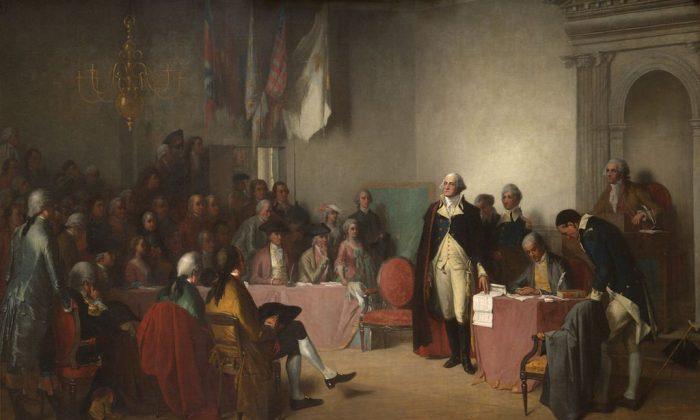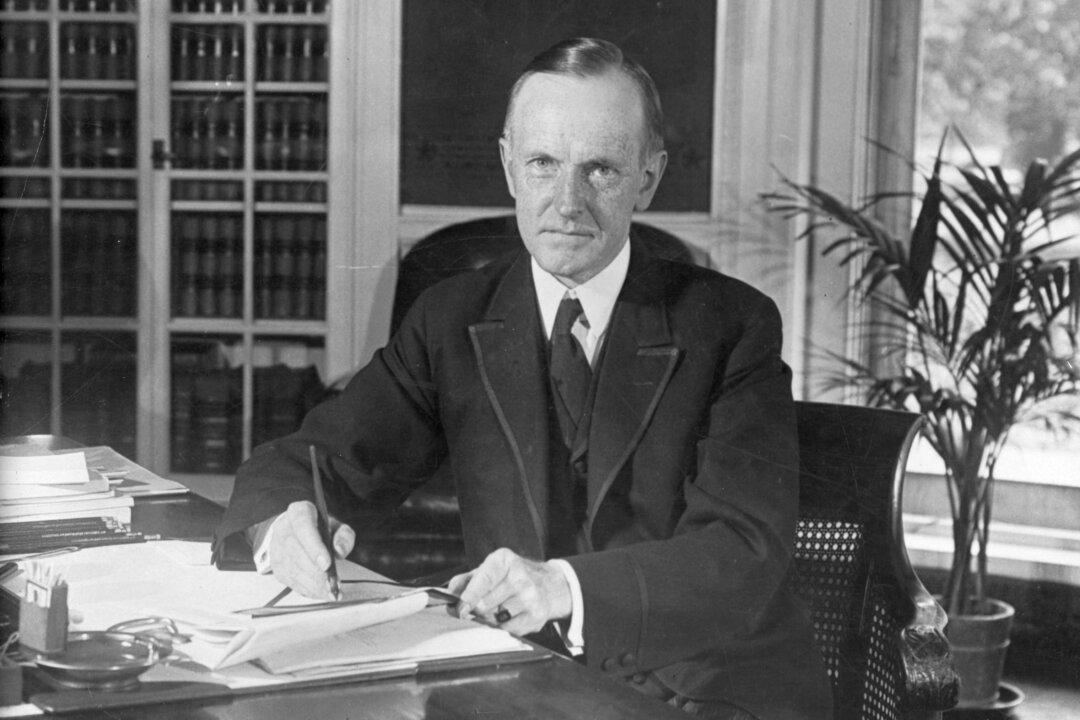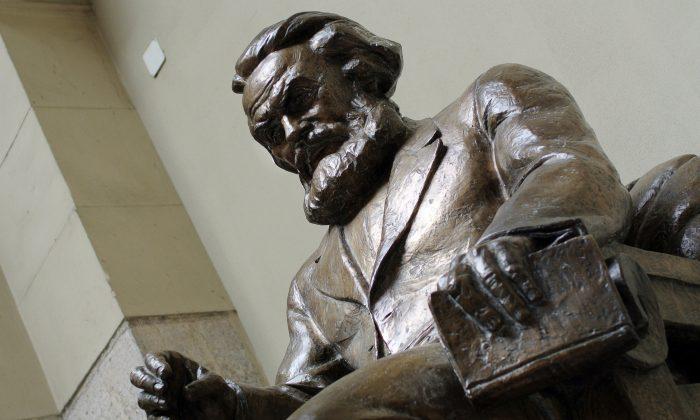What’s your favorite candy bar?
When I was asked that question, I had to think about it for a moment because I like a lot of them. However, there’s one that I consume far more of than any other so I decided that one must be my favorite: Reese’s Peanut Butter Cups, marketed by the famous Hershey Company.
Hershey’s History
Milton S. Hershey’s story began in southeastern Pennsylvania, and you can’t do it justice without noting the impact of business failure on his early life. Even before any of his own businesses flopped, Milton had a front-row seat to his father Henry’s seemingly endless entrepreneurial misfires.
Hershey family biographers figure Henry to have been an affable man, not nasty or violent in any way, but a dreamer who never could translate his visions into a bottom line with a positive number. To little avail, he chased after investments and businesses of a stunning variety. Here’s a partial list of the ventures in which he lost money from Pennsylvania to Colorado: a perpetual motion machine, oil wells, farming, farm equipment, cough drops, cabinetry, silver, livestock remedies, picture-painting, and second-hand junk dealing.
On one unfortunate occasion, Henry filled a basement with canned tomatoes, intending to sell them, but they fermented and exploded. The police caught him dumping the mess without a permit and forced him to clean it up and dump it someplace else.
Hershey’s Persistence
Still, I admire Henry for doing what the old adage instructs: “If at first you don’t succeed, try, try, and try again.” He possessed in bushels at least one trait Milton inherited from him: persistence. America’s 30th president, Calvin Coolidge, had a few good words to say about that:“Nothing in this world can take the place of persistence. Talent will not; nothing is more common than unsuccessful men with talent. Genius will not; unrewarded genius is almost a proverb. Education will not; the world is full of educated derelicts. Persistence and determination alone are omnipotent. The slogan ‘Press On!’ has solved and always will solve the problems of the human race.”Henry Hershey’s persistence never paid off for himself, but it ultimately did for his son. To Milton’s credit, he never let his own failures or those of his father slow him down. The rest of us have enjoyed of a few billion pounds of chocolate as a pleasant consequence.
In 1872 at age 14, Milton took a job at Royer’s Ice Cream Parlor in Lancaster, Pennsylvania. After a short period, he convinced the owner to move him from the ice cream section into the candy side of the business. It made him a life-long confectioner.
Milton took what he learned from Mr. Royer’s shop and set off at age 19 for Philadelphia, where he aimed to cater to the huge crowds attending the country’s Centennial Exhibition. There he started his first company, Spring Garden Confectionary Works, and sold taffy to many a happy customer. He loved to experiment with candy recipes and soon came up with a soft, chewy caramel that proved to be a big hit.
Things went well for the company for a while, even after the Exhibition ended, but Milton increasingly found it hard to deal with emerging competition and keep his costs under control. In the year he turned 24, the Spring Garden Confectionary Works went belly-up.
Next stop was Colorado, where Milton’s dad Henry was in the midst of a flop in the silver business. The two of them teamed up and then headed to Chicago, where they opened a candy shop they abandoned after a few months’ struggle. Milton decided to try his luck in New York, but not before stopping in Lancaster long enough to borrow some money from relatives. Henry opted to stay behind and try something else.
“If failure is the best instructor,” writes biographer Michael D’Antonio, young Milton Hershey “could argue that he had earned a doctorate in Philadelphia, Denver, and New York.” Why D’Antonio didn’t include Chicago in there, I don’t know. In any event, Milton’s New York adventure ended in 1886 just as the ones in the other cities did—in bankruptcy. Penniless and now approaching 30 years of age, he went back to Lancaster, where he first learned to make candy a decade and a half before.
Some people in the same predicament might have given up, changed professions, or simply found a job working for somebody else. Not Milton Hershey. He was determined to be the success his father wasn’t, and in the one business he loved more than any other. His own relatives gave up on him and turned him down for another loan. But he formed a new enterprise nonetheless—the Lancaster Caramel Company—and prepared to give it whirl.
“Hershey spent days at his kettles, tinkering with the caramels. He added nuts to some, and covered others with sugar icing. He found that a little corn syrup ... improved the “chew.” Gradually, he added new premium brands—named Lotus, Paradox, and Cocoanut Ices ... For less wealthy customers he produced Uniques, which were made with skim milk and priced at eight for a penny.”Milton and his company prospered quickly. He became a prominent and respected Pennsylvania businessman, employing hundreds of people by the time of the Columbian Exposition (or “World’s Fair”) in Chicago in 1893. That’s when Milton, attending the fair, visited a German company’s extensive chocolate exhibit equipped with a small factory that transformed cocoa beans into candy bars.

Hershey’s Reflections
Chocolate at the time was a rich man’s luxury, unaffordable to the average American. So smitten with it was Milton that when the Exposition closed, he arranged to buy the entire exhibit, factory and all. He had made his money in caramels, but decided in Chicago that caramel was a passing fad. The future was in chocolate.For the little town of Derry Church, where he opened his first chocolate factory in 1894, that proved to be an understatement. The town was renamed and has been known ever since as Hershey, Pennsylvania.

Milton never again worried about bankruptcy. He and his wife founded a famous school for orphan boys, now one of the richest schools in the world because of the endowment they bequeathed it. Milton died in 1945 at the age of 86, beloved by the citizens of Hershey, Pennsylvania and legions of chocolate lovers in some 70 countries. He was to chocolate what Henry Ford was to automobiles and Steve Jobs was to computers: He revolutionized a luxury for the few into a treat for the masses.
“I didn’t follow the policies of those already in the business. If I had, I would never have made a go of it. Instead, I started out with the determination to make a better nickel chocolate bar than any of my competitors made, and I did so.
I believed that, if I put a chocolate on the market that was better than anyone else was making, or was likely to make, and keep it absolutely uniform in quality, the time would come when the public would appreciate it and buy it.
They were the creation of a former dairy farmer named H. B. Reese who actually worked for Milton for a time, then left the Hershey Company in 1923 to start his own candy business in his basement. His peanut butter cups were so popular that he eventually abandoned his other products and focused on them exclusively. When H.B. died in 1956, his six sons took over the company and merged it seven years later with the Hershey Company, where it remains a delectable subsidiary to this day.
I hope this glimpse into the Hershey story inspires the reader to more than just another chocolate bar. If it encourages you to learn more about the importance of persistence in the face of failure, that would please me immensely.
Thank you, Milton Hershey, for never giving up! You finally made it to the top, hurt no one along the way, and benefited the world more than all but a few of your fellow citizens. Henry would be very proud!






